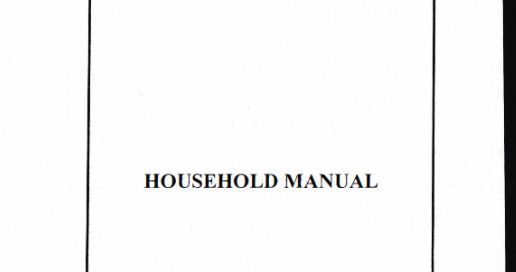Maxed Out Metadata, Old Hard Drives - Ghislaine Maxwell Trial Day 7
“Hard drives are pretty fragile. Especially this one because it’s pretty old.”
After Kimberly Meder’s testimony, the government called Stephen Flatley to the stand. Maurene Comey led Meder out the door, at around 10 AM, and Flatley came in right afterwards.
Flatley has sixteen years of experience as a Digital Forensic Examiner, and is a member of the FBI’s Computer Analysis Response Team, or CART.
Flatley explained how he took the hard drives seized from Epstein’s house and examined them. First, he made an image of the device. An “image” in this context, testified Flatley, is a 4 bit copy of media from beginning to end. Flatley used a tool called the TX1 disk duplicator to do this.
Why didn’t Flatley just examine the disk itself? the prosecution asked.
“Hard drives are pretty fragile,” Flatley said, “especially this one because it’s pretty old.”
From the properties of the images in the hard drive, Flatley was able determine which user created which image.
For instance, the version of Microsoft Windows 2000, which created some of the files, was installed on February 22nd, 2001. The registry organization and registry owner, two user-inputed fields, are both called “gmax.”
Flatley used this metadata to show that an email, labeled GX424 by the government, was sent from Maxwell’s computer.
One of the emails the government showed discussed the genesis of the household instruction manual that was discussed by Epstein’s Palm Beach house manager Juan Alessi last Thursday.
“[Alessi] needs to understand he has been doing a truly awful job,” Maxwell wrote in an email with a friend, Sally Markham, while complaining about a dirty pool and a lack of pens in the house and in cars. “How are we doing with the Palm Beach manual—where do we stand with it?” Maxwell asked.
The government also submitted into evidence a flyer created by the user gmax which, Flatley was able to establish from a chain of metadata, was printed from Maxwell’s computer.
“Help Wanted,” reads the flyer. “Are you a massage therapist? Work in Palm Beach home. Excellent pay. Mostly weekends. Please call 351-1000. Leave message.”
There was also a document written by Maxwell in the third person which described her and Epstein’s relationship glowingly. “They are, contrary to what many people think—rarely apart—I almost always see them together.”
“Jeffrey and Ghislaine share many mutual interests and they have a lot of fun together,” reads the document. And, “Jeffrey and Ghislaine compliment each other really well.”
While this document was shown in court, Ghislaine Maxwell, who was wearing a black mockneck shirt, stared pensively.
After the government’s examination, Laura Menninger cross examined Flatley for the defense. She said that the box the hard drive was found in had a xerox copy of another hard drive on the front of it, something Flatley confirmed but had no explanation for.
Flatley also confirmed that the evidence tape found on the plastic box the hard drive was found in, was broken before he came into possession of it.
On prompting from Menninger, he also recalled that there was the name “D. Klieman” on a bag the government found the hard drives in.
And Flatley claimed that the hard drive found was definitely one from a desktop computer. He also testified that the hard drive he’d copied was itself a clone of another hard drive, but he had no evidence where the original clone came from.



